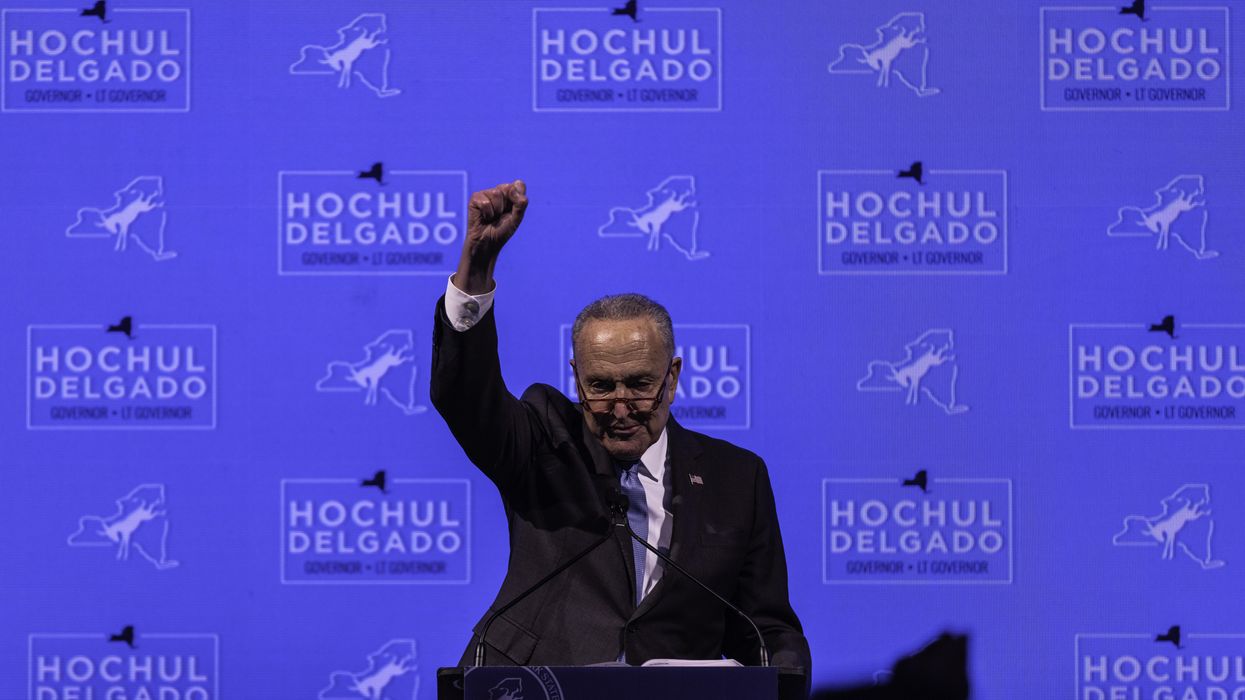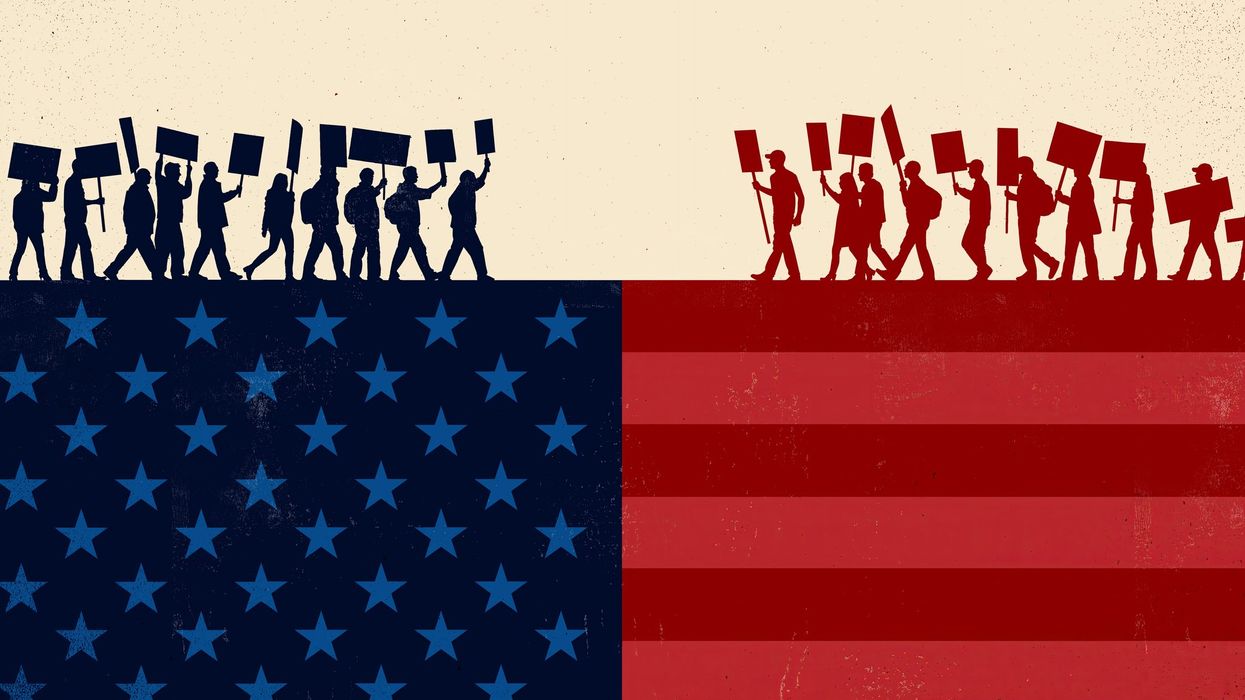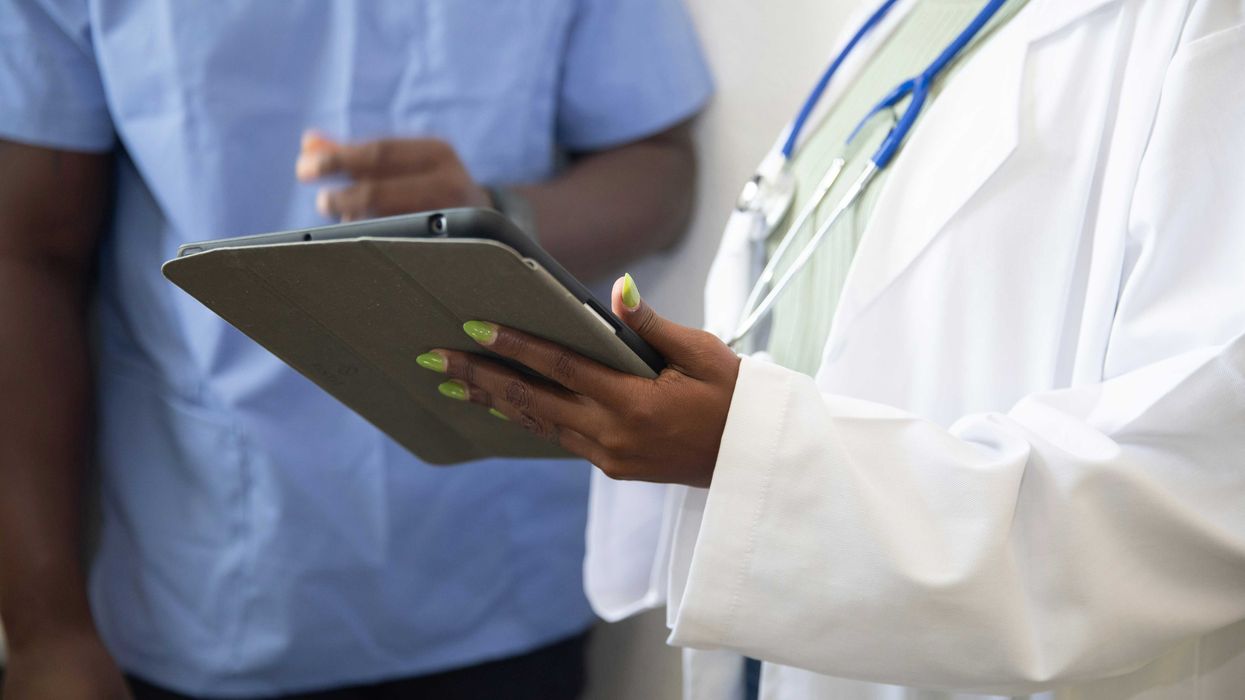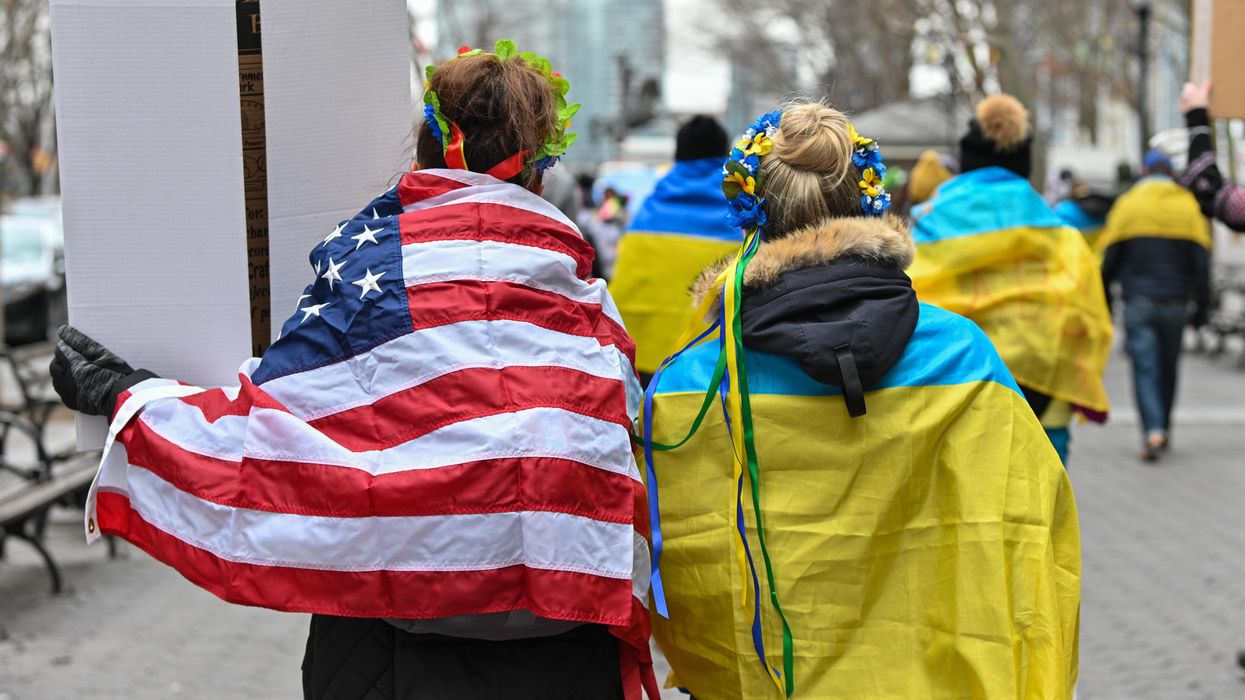Anderson edited "Leveraging: A Political, Economic and Societal Framework" (Springer, 2014), has taught at five universities and ran for the Democratic nomination for a Maryland congressional seat in 2016.
The midterm elections, which of course are not over, confirmed once again that polls used to predict who will most likely win an election, though they have value, do not have that much value.
Social scientists and journalists who try to use data and focus groups to predict the outcome, of one election or hundreds, must be given less attention going into an election. There was no "red wave." The Senate has stayed in Democratic hands. The House will probably go to the Republicans, but this is not a certainty. What seems clear is that the Republicans will have a slim majority if they do seize control.
The political class needs to stop paying so much attention to what social scientists, journalists and party leaders predict. The public apparently was not paying attention. The voters get bombarded with wrongheaded predictions and in some cases overcome it.
There is a better way.
In the future, the public would benefit from more normative (value-based) arguments for why one candidate rather than another, or one party rather than the other, should be followed. Arguments for why you should vote for one candidate or why you should not vote for another are both normative as opposed to factual arguments.
The key is for these normative arguments, rather than preconceived notions, to dominate the attention of voters. For example, there’s a preconceived idea that in a midterm election the party which is not represented in the White House should gain seats in Congress.
Moreover, it is not just a question of the amount of polling and the amount of normative arguments that we have. It is a question of what role these considerations play in campaigns and in party posturing overall.
In the current political environment, polls and the party predictions frame the elections, and the arguments for and against candidates take place within that framework. The framework, in other words, provides a narrative that shapes the way voters perceive the arguments for and against candidates.
What we need, instead, is a normative framework that is animated by values associated with either the party perspective or the candidate perspective.
Within those normative frameworks we do need facts to be used by parties and candidates to provide support for their arguments. Facts about crime, poverty, climate control, child care needs, inflation, taxes, infrastructure deterioration, scandals and so on.
So we have things completely backward now. Factual arguments, especially predictions (which make the case for what will in fact be the case), frame our elections. And value arguments for what voters should choose arise within these frameworks.
But we need the opposite: Normative arguments for the party perspective and/or candidate perspective need to frame elections, and within that framework factual arguments are needed to support the value positions. The overarching narratives should be about values and what parties stand for and what candidates stand for, not predictions based on polling data or lessons journalists have learned over the years.
Values supported by facts must drive our elections. Then voters will decide for themselves who to vote for and they can weigh the arguments for the candidates and consider the factual evidence they bring forth to support their policy positions and visions.
This is not to say that value positions are based solely on facts. They are not. And facts are always in dispute, which is reality. But predictions from social scientists, journalists and party leaders should be given less emphasis and not be used to frame our elections.
There are 435 Congressional elections and more than 30 Senate elections every two years, not to mention all of the state and local elections. Each race is different.
But there should be no overarching framework animated by very unreliable predictions about how things probably will be. Instead, there should be frameworks animated by forceful arguments about how things should be.
If we reverse the role played by values and facts in our elections, this would make a world of difference. How to achieve this is a different question, but it is important to set a goal worth fighting for.



















